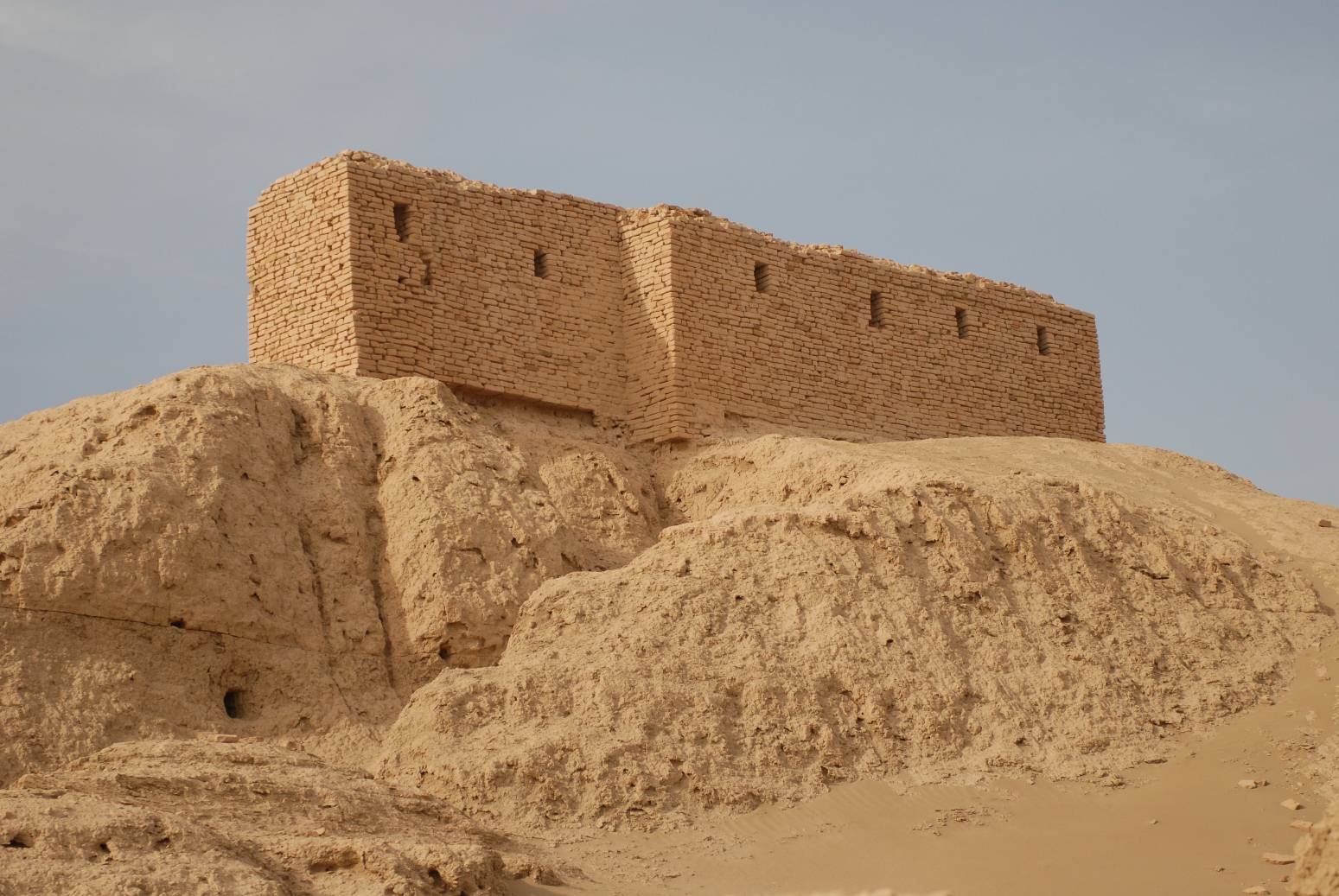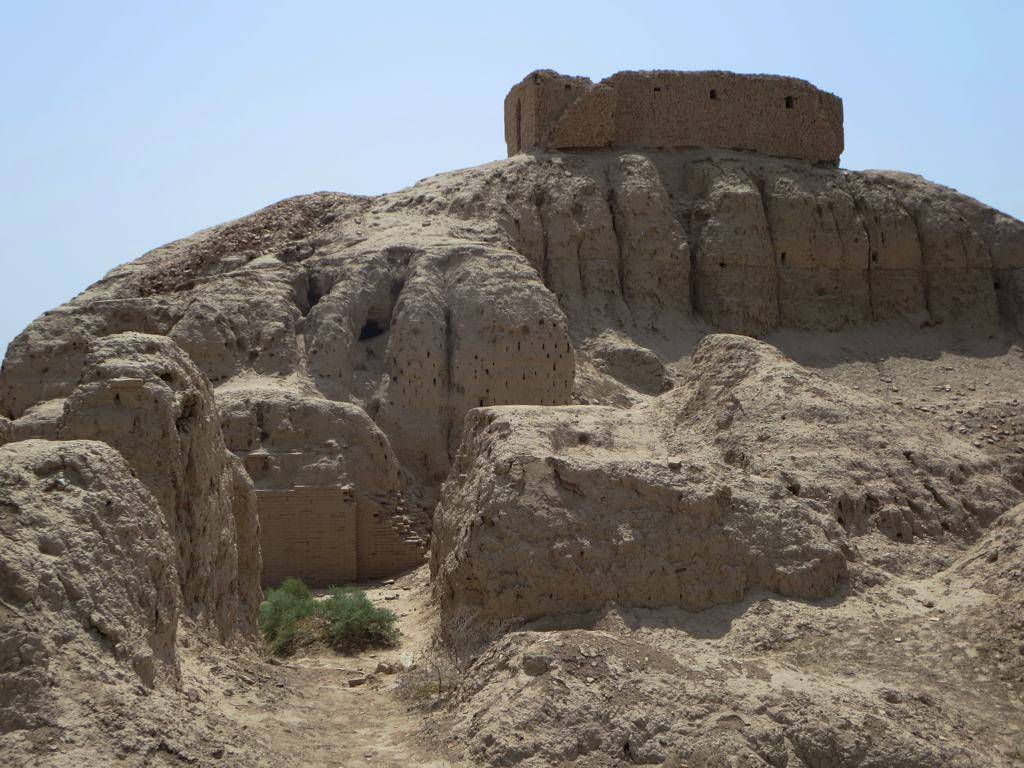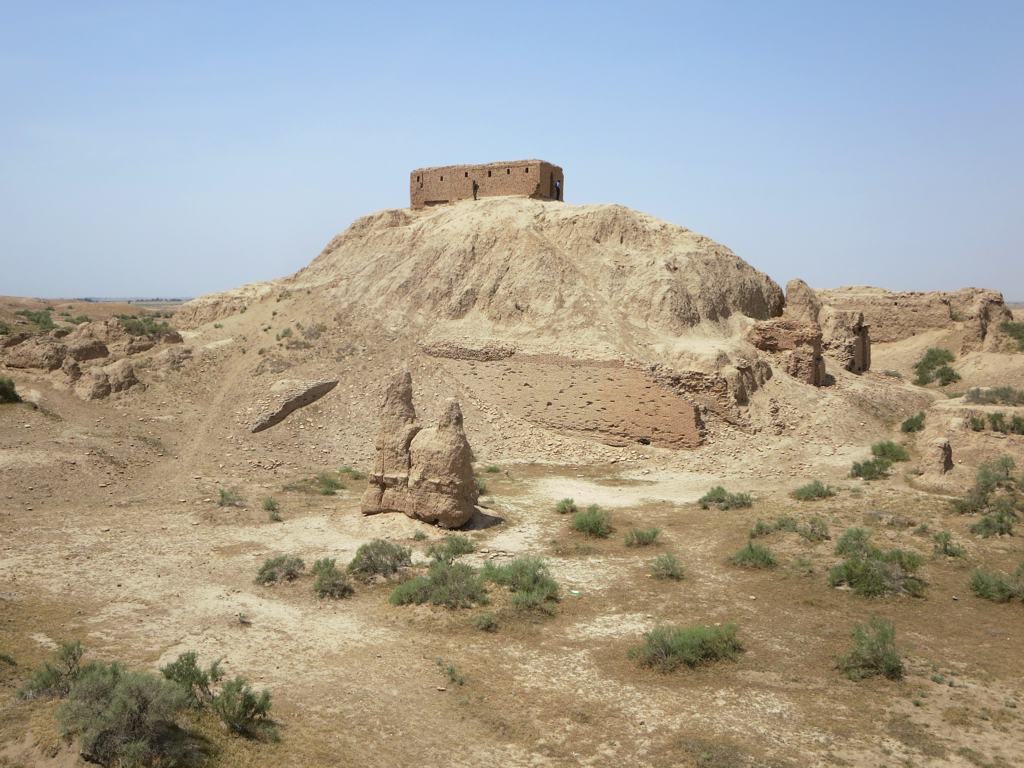The Ziggurat of Enlil, located in the ancient city of Nippur, is a testament to the architectural and religious grandeur of Mesopotamia. This towering structure was dedicated to Enlil, the chief deity in the Sumerian pantheon. As a central place of worship, it played a significant role in the spiritual and political life of the Sumerians. Over time, the ziggurat’s influence extended beyond the borders of Nippur, reflecting the city’s importance as a religious center. Despite the ravages of time, the Ziggurat of Enlil continues to captivate historians and archaeologists, offering insights into the ancient world’s complexities.
Get your dose of History via Email
Historical Background of the Ziggurat of Enlil (Nippur)
The Ziggurat of Enlil stands as a monument to the ancient city of Nippur’s religious significance. Archaeologists unearthed the structure, revealing its historical importance. The city of Nippur, believed to be the seat of the chief Sumerian god Enlil, was a spiritual hub. The ziggurat itself was a massive structure, symbolizing the city’s religious fervor.
Excavations at Nippur began in the late 19th century, led by a team from the University of Pennsylvania. They uncovered the ziggurat’s remains, which had been buried for millennia. The discovery shed light on the city’s layout and the ziggurat’s central role within it. The structure was built by the ancient Sumerians, a civilization known for their innovative building techniques and religious devotion.
Over the centuries, the Ziggurat of Enlil saw various inhabitants and underwent modifications. Each successive culture left its mark on the structure, from the Akkadians to the Babylonians. The ziggurat was not just a religious site but also a focal point for significant historical events. It witnessed the ebb and flow of empires and the evolution of Mesopotamian civilization.

The builders of the Ziggurat of Enlil are believed to have been the kings of the Ur III dynasty, particularly Ur-Nammu and Shulgi. These rulers were known for their extensive building programs, which included temples and ziggurats. The construction of the Ziggurat of Enlil was a monumental effort, reflecting the rulers’ desire to appease the gods and showcase their power.
Despite its ruinous state today, the Ziggurat of Enlil remains a site of historical intrigue. It has been the scene of numerous archaeological studies, each aiming to uncover more about the structure’s past. The ziggurat’s history is a tapestry of religious devotion, political power, and architectural prowess, woven together over thousands of years.
About the Ziggurat of Enlil (Nippur)
The Ziggurat of Enlil was a marvel of Sumerian architecture. It stood as a testament to the ingenuity of ancient builders. The structure was made of mud bricks, the most common building material in Mesopotamia. Over time, the bricks would erode, necessitating frequent reconstruction and maintenance.
The ziggurat’s core was a solid mass of brickwork, covered with a protective layer of baked bricks. These outer bricks were set with bitumen, a natural tar-like substance, to shield the structure from the elements. The ziggurat’s design was typical of Mesopotamian stepped pyramids, with a series of successively receding levels.
At the top of the ziggurat was a shrine, believed to be the dwelling place of the god Enlil. This shrine was the most sacred area of the structure and was accessible only to the highest priests. The ziggurat’s imposing height and tiered design were not just architectural choices but also symbolic representations of the bridge between heaven and earth.
The Ziggurat of Enlil’s architectural highlights included its grand scale and the intricate network of stairs and ramps that provided access to its different levels. These features underscored the structure’s importance as a place of worship and a monument to the gods.
Despite the ravages of time, the remnants of the Ziggurat of Enlil provide valuable insights into Sumerian construction methods. The structure’s remains offer a glimpse into the advanced engineering skills of the ancient Mesopotamians. The ziggurat’s design and construction techniques have been studied extensively, contributing to our understanding of ancient architecture.

Theories and Interpretations
The Ziggurat of Enlil has been the subject of various theories and interpretations. Scholars have long debated its exact purpose, beyond its obvious religious significance. Some suggest it served as an administrative center, while others believe it was a place of pilgrimage.
There are mysteries surrounding the ziggurat, particularly regarding the rituals and ceremonies that took place within its walls. The lack of comprehensive written records has left much to interpretation. Historians rely on artifacts and inscriptions to piece together the ziggurat’s story.
Matching the Ziggurat of Enlil to historical records has been a complex task. The structure’s various layers reflect different periods and rulers. Each layer offers clues to the ziggurat’s evolution and the changing face of Nippur.
Dating the Ziggurat of Enlil has involved a combination of methods. Archaeologists have used relative dating techniques, comparing the ziggurat’s construction style to other known structures. Radiocarbon dating has also been employed to determine the age of organic materials found within the ziggurat.
The interpretations of the Ziggurat of Enlil continue to evolve as new discoveries are made. Each finding adds to the narrative of this ancient structure, providing a richer understanding of its role in Mesopotamian society.
At a glance
- Country: Iraq
- Civilization: Sumerian
- Age: Approximately 4,500 years old (circa 2500 BC)
Conclusion and Sources
- Wikipedia – https://en.wikipedia.org/wiki/Nippur
- Britannica – https://www.britannica.com/place/Nippur
- World History Encyclopedia – https://www.worldhistory.org/Enlil/

